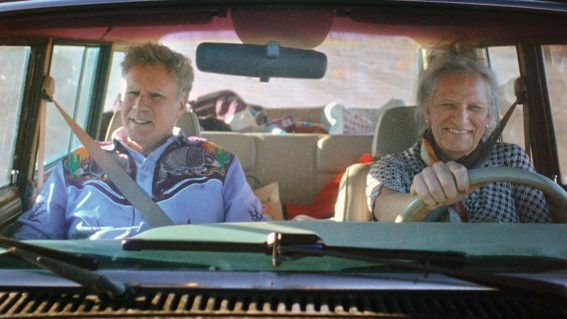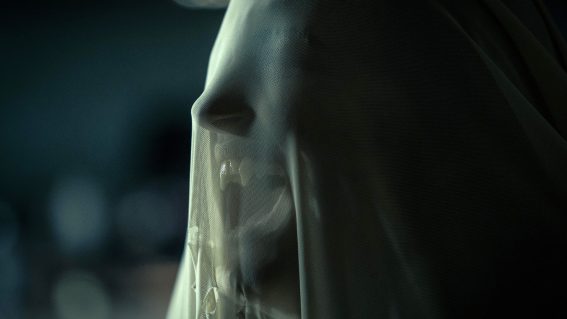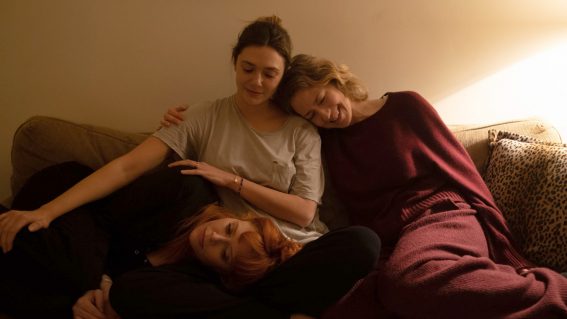Peter Pan & Wendy is an imaginative and gorgeously nostalgic return to Neverland
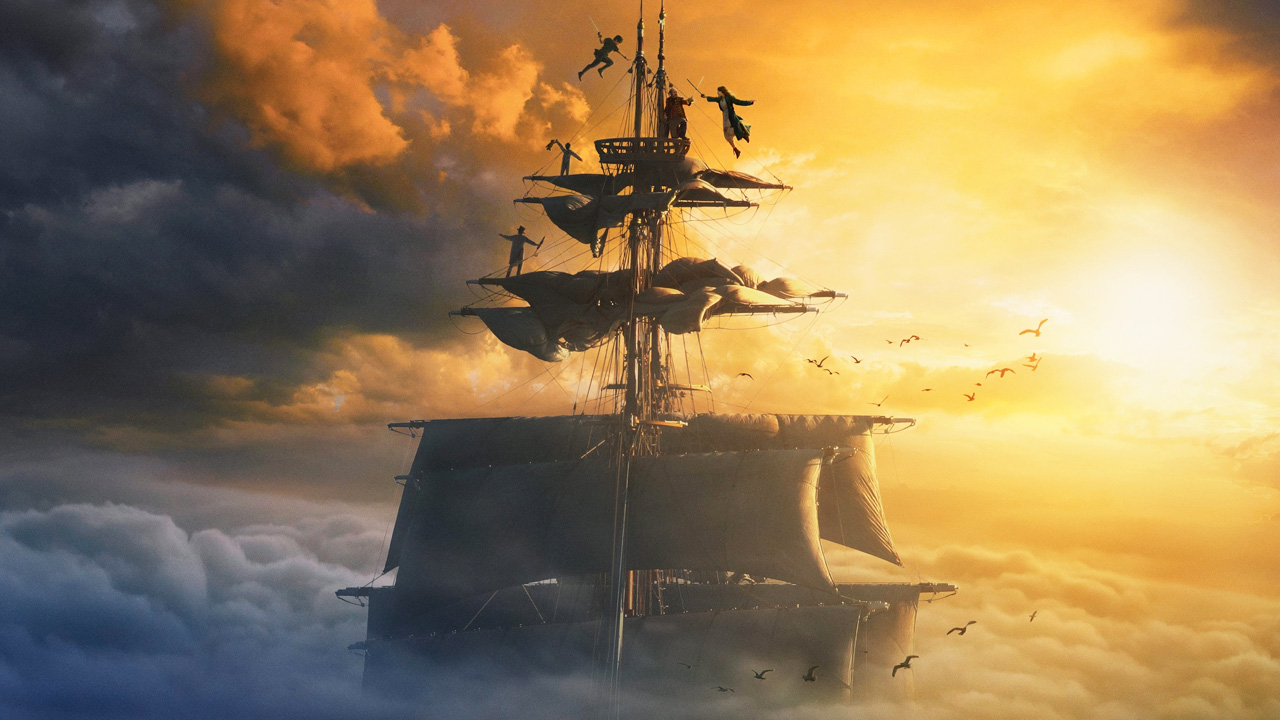
The story of the boy who never grew up continues to be reinvented—this time in a gorgeous new adventure with stunning set pieces, writes Luke Buckmaster.
Given Hollywood’s obsession with sucking the teat of big brand names and marquee franchises, critics naturally feel inclined to bleat about Tinsel Town’s disparaging state of unoriginality. And yet some narratives feel more like open canvases, waiting to be coloured and rearranged by various generations, the story of old mate Peter Pan of course being one of them. J.M. Barrie’s never-ageing boy belongs to a text that became, in a sense, forever young also, now reinvented by David Lowery with a richness and uncynical spirit characteristic of the director’s work. He’s made a gorgeous, visually interesting film that explores its setpieces with love: of filmmaking; of visual storytelling; of the source material’s fantastic potential.
Instead of taking a wrecking ball approach to key locations, blitzing them with special effects and choppy editing, Lowery delights in exploration, understanding that space is setting and vice versa. The ship of Captain Hook (Jude Law) evokes the charm of Disney’s great old-timey sets, and an early confrontation between the pirate and the titular hero (Alexander Molony) in a water-filled cave is staged with refreshing patience and elegance. But when we visit the home of the lost boys, deep in Neverland, sheesh, it’s something else: a gorgeous location that’s simultaneously inside and out, with a log fire, intermittent brickwork, gargantuan trees forming walls and entryways, and leaves carpeting the floor.
Peter Pan & Wendy opens in plain old London, as is custom in Peter Pan stories, with Wendy (Ever Anderson) and her younger brothers John (Joshua Pickering) and Michael (Jacobi Jupe) play-duelling with wooden swords. The camera follows them through their home, which is presented in a stylishly musty colour scheme, Lowery in no rush to cut. Like in this other family production, Pete’s Dragon, which transformed Disney’s junky 1977 production into a big-hearted tone poem, it’s clear early on that the director will take a heart-on-sleeve approach to legend and largesse. If audiences don’t grasp that in the first few minutes, they’ll certainly get it when Wendy’s mother (Molly Parker) starts singing a lullaby about flying over into cloudless skies filled with twinkling stars.
When Peter Pan arrives, Wendy asks him: “How are you real? I thought you were just a bedtime story.” Pan’s response underscores Lowery’s attitude towards myths, bringing bedtime story elements without disrupting the “reality” of the legend. He says, “why can’t I be both?”
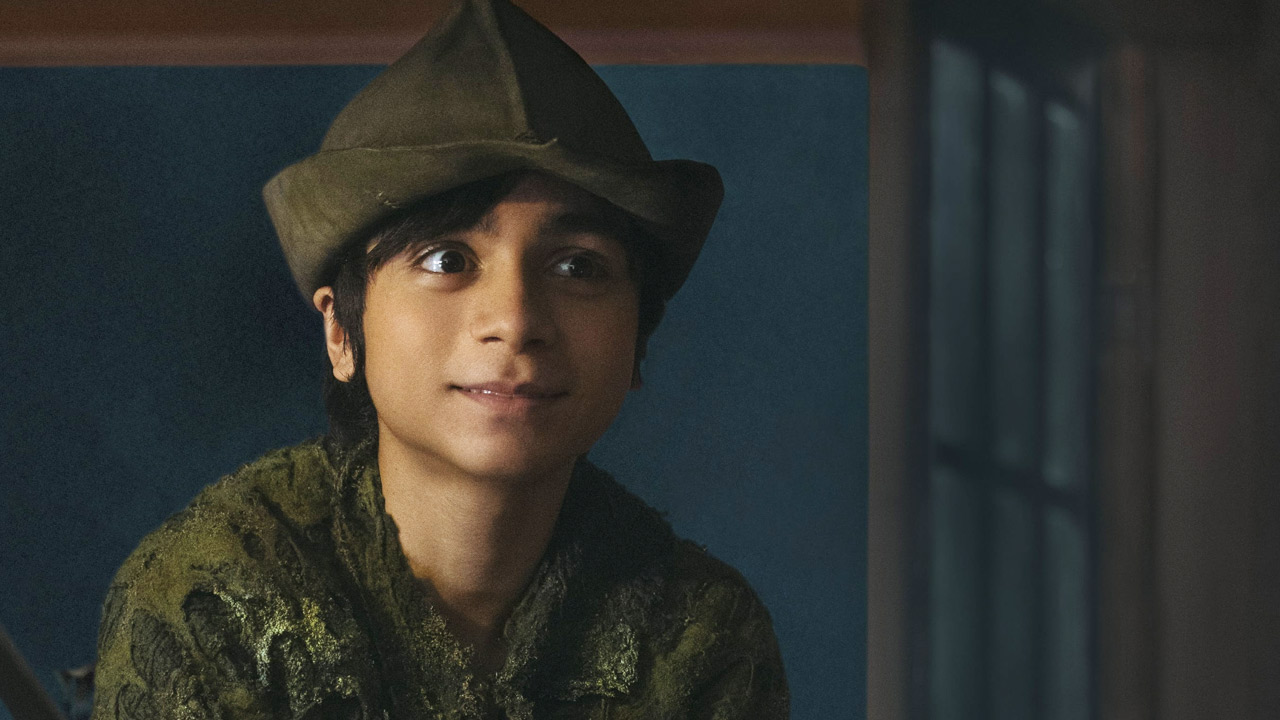
Soon the conversation broaches how to get to Neverland. Pan describes this as “the fun part,” with all that’s required being “happy thoughts and pixie dust”—mostly, really, the latter. Enter Tinkerbell, who, played by Yara Shahidi, is now a person of colour: a decision certain to trigger the hysterical anti-woke brigade, firm in their (rather unsettling) belief that all imaginary legacy characters from all imaginary worlds must for some reason be white and heteronormative. It’s good to see a more diverse ensemble of lost boys, including one who has Down Syndrome, reportedly marking the first time Disney “has cast someone with a visible disability in a lead role.”
When the kids fly over London, gosh it’s lovely: Lowery and his team (including cinematographer Bojan Bazelli) executing the best “flying to Neverland” sequence yet. Like Alice tumbling down the rabbit hole, and Dorothy inside the tornado, this piece of connective plot tissue is a classic example of liminal space: presenting a passageway, sort of real and sort of not, connecting one world to the next. Soon after arriving on the fairy-tale island the group are split up, with John and Michael getting the fuzzy end of the lollipop—captured by Hook and his yo-ho-ho cronies.
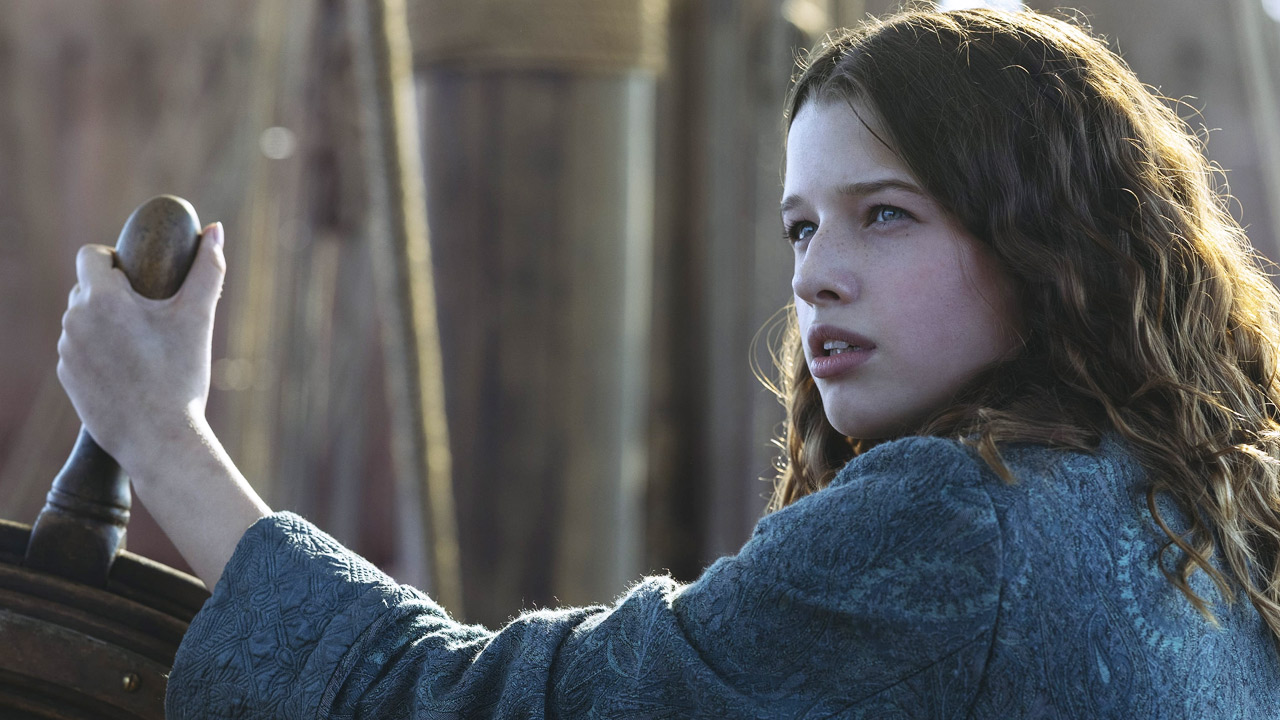
Jude Law brings a brooding and self-hating mentality to the iconic one-handed villain, who now has a more fleshed out backstory with Pan. This backstory connects with untoward aspects of the titular character’s personality. Notably the pigheadedness of a boy who despises anybody who leaves him or his world behind, not to mention that blasé attitude towards death: “to die will be an awfully big adventure,” he famously says, a line that’s sort of lovely and sort of ghoulish.
Lowery’s attention to detail and his aforementioned treatment of sets lift the film exponentially. In one standout sequence Hook forces a principal character to walk the plank as Tinkerbell watches on, imprisoned in a tiny glass cage, banging against the glass, while the pirates sing an eerie shanty about meeting one’s maker. You could show this scene to almost anybody and it’d be enough get them curious; perhaps enough to put Peter Pan & Wendy on their watchlist. That would be a good decision—because this is a beautiful and, despite its long lineage and narrative familiarities, fabulously imaginative film, with a gorgeously nostalgic atmosphere.












